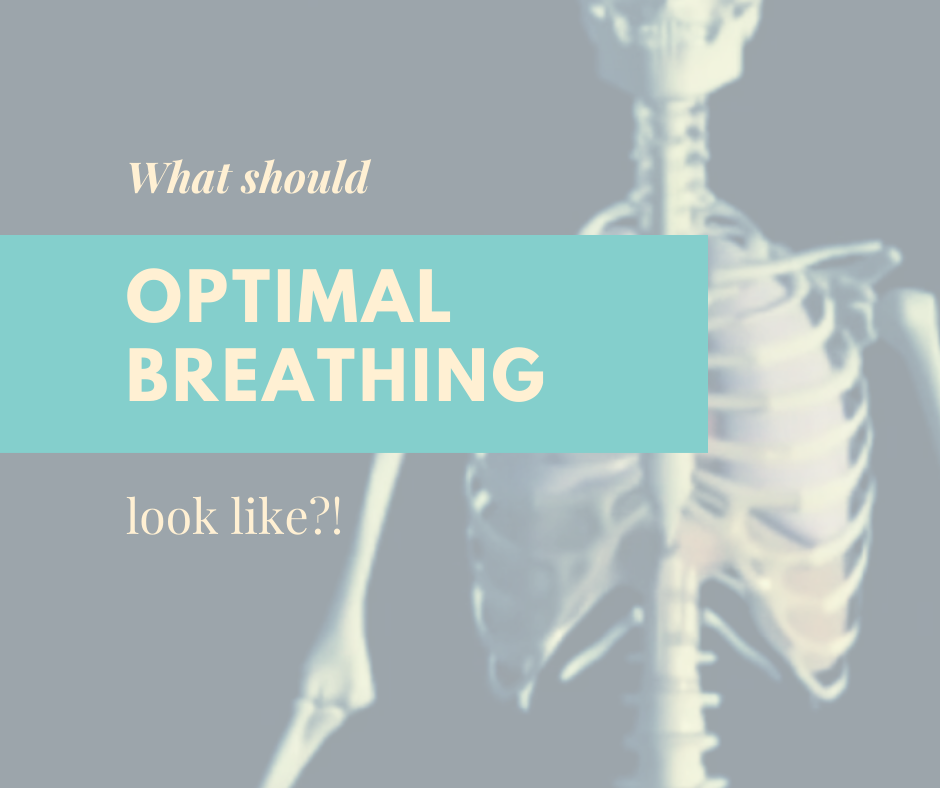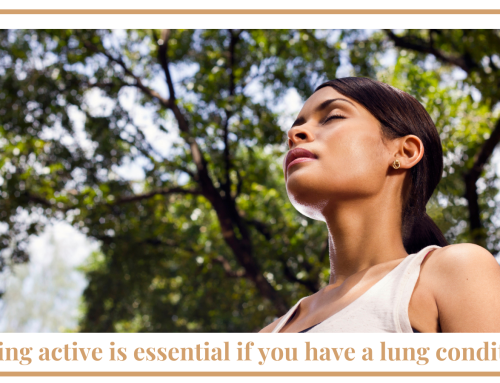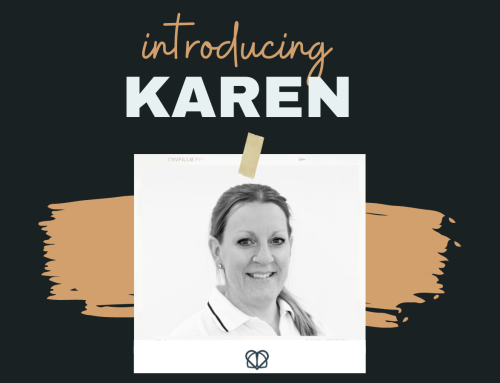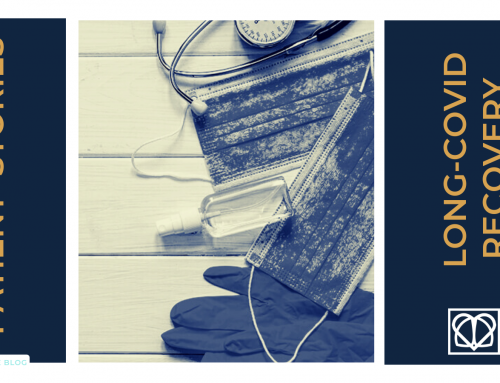Breathing should be effortless, something you don’t even need to think about. This is known as optimal breathing.
But when your breathing pattern has changed – as many people who have had Covid in the last few months are finding – you may no longer be breathing optimally. This means that you may no longer be breathing in a way that is physiologically best for your body, and the knock on effects of this can be far reaching.
You may find it affecting your:
- sleep
- mood
- digestion
- heart
- nervous system
- muscles
- brain
Tell me more…
Let’s go into a little more detail about how the body can be physiologically affected by dysfunctional breathing.
First of all it’s helpful to know what optimal breathing looks like. This involves the use of the diaphragm, which is a big, thick sheet of fatigue resistant muscle that attaches to the underside of the lower rib cage and the spine at its central point. As the diaphragm contracts, it moves from a dome position under the lower rib cage to a flattened position. This contraction of the diaphragm pushes the lower rib cage out to the sides and forwards slightly, creating much more space for the lungs to fill adequately and uniformly with air. The increase in space creates a negative pressure which leads to air rushing into our lungs – and hey presto that is our breath in! The opposite is true for the breath out. The diaphragm rises back into the dome position and the rib cage relaxes. This creates a squeeze or positive pressure which forces air to exit our lungs.
Breathing pattern issues can mean you experience sensations of shortness of breath even when you aren’t exerting yourself, or, you may start to feel short of breath doing certain activities when you didn’t before. Remember that changes can also sometimes be quite subtle, so it can often go unnoticed.
How do I breathe properly?
It helps to take some time analysing your breathing pattern.
When you’re at rest, you should be taking around 10-14 breaths per minute.
- Nose – you should be breathing in and out through your nose. As opposed to when you breathe through your mouth, the nose refines and prepares the air coming into the body. It warms, humidifies, filters and controls the speed of the air entering your airways, enabling it to be used as efficiently as possible.
- Rhythmical – all the breaths should be the same size
- Silent – when your breathing is noisy it’s a good indication that your breathing pattern isn’t quite right
- Lower chest – you should be breathing from your lower chest, not top heavy. The diaphragm should be flattening when you breathe in from a dome shape when you’re at rest. When it flattens, it creates the space within your lungs to take an adequate sized breath. Your abdomen will naturally rise too.
Air Physiotherapy can help!
If you think you might have a disruption to your breathing pattern, we can help assess this as well as get you started on some treatment to help. You can book your first appointment online via our booking page or drop an email if you’d like to find out more hello@airphysiotherapy.





